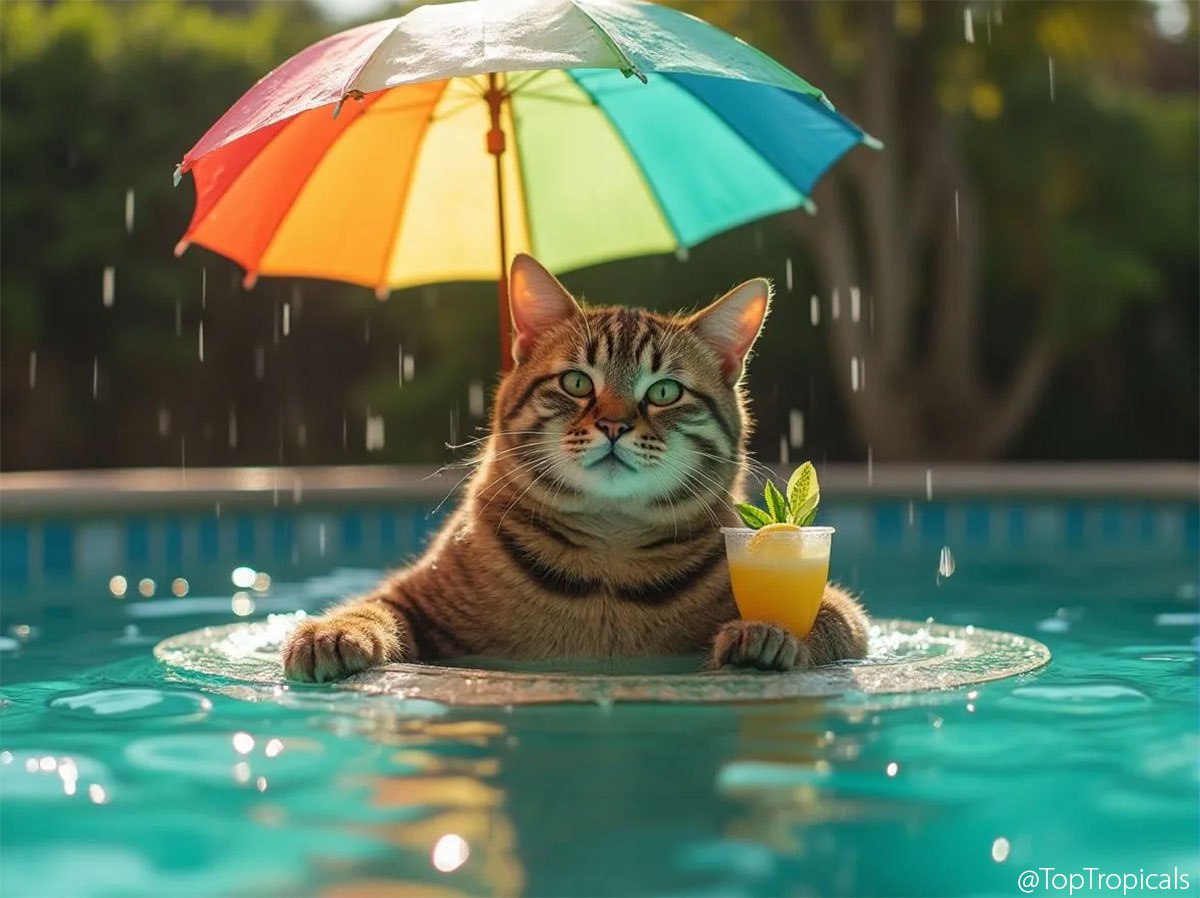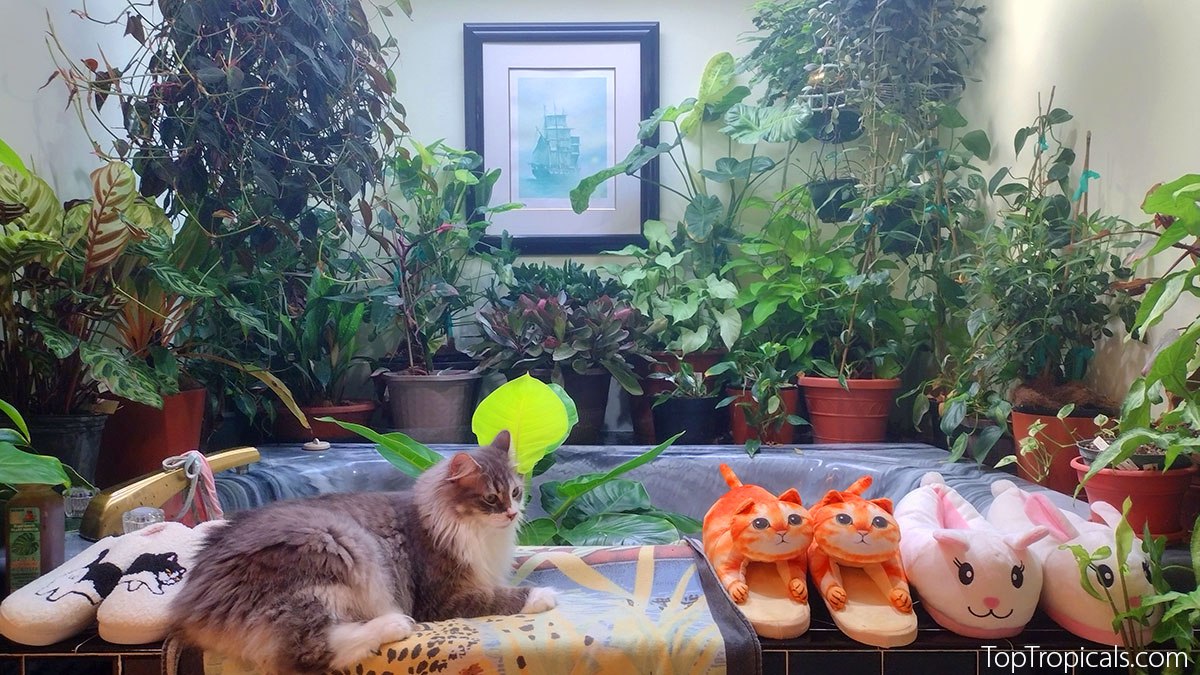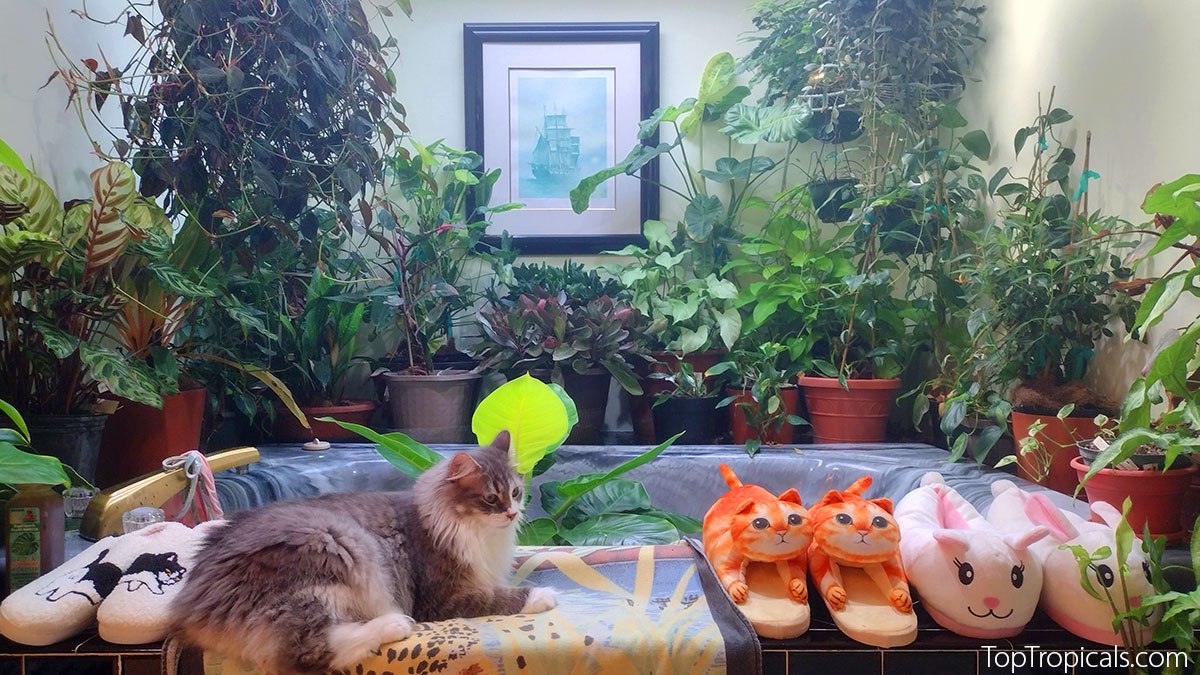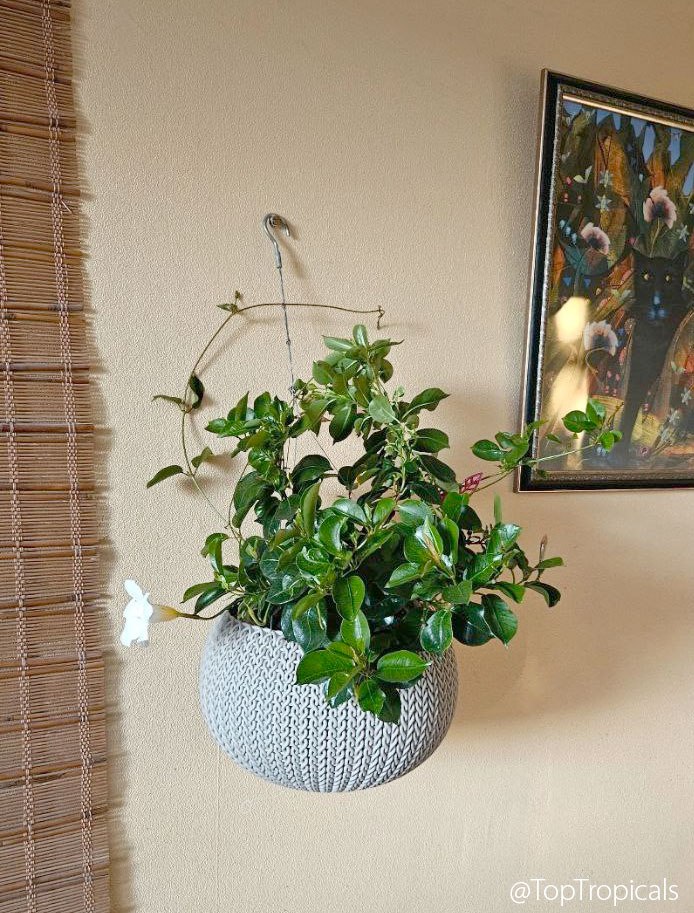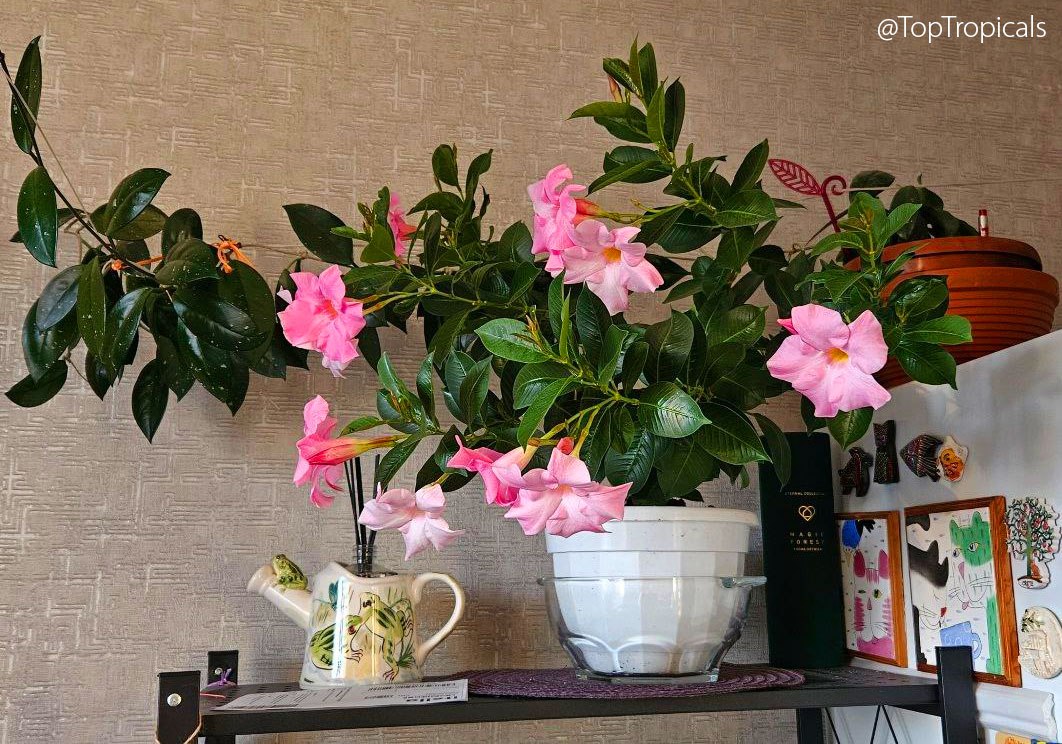Garden Blog - Top Tropicals
What does Ice Cream Bean fruit taste like?
How to grow Ice Cream Bean Tree: Eating the fruit and planting the tree
🍦 What does Ice Cream Bean fruit taste like?
🍧 Today with Fermin Garcia at Top Tropicals we gonna try the delicious pulp of Ice Ice Cream Bean fruit that tastes just like Ice Cream! And of course we will plant every seed and watch them grow. Fermin promised the new trees to grow in just 7 days! Let's see what happens.
📚 Learn more about Ice Cream Bean from previous post:
Did you know that ice cream actually grows on a tree?
📱 Watch this video in high quality in next post ⤵️
🛒 Order Ice Cream Bean Tree (Inga edulis)
#Food_Forest #How_to
🔴 Join 👉 TopTropicals
- 🍨 Ice Cream Bean Tree: Eating the fruit and planting the tree 🍨
🍧 Today with Fermin Garcia at Top Tropicals we gonna try the delicious pulp of Ice Ice Cream Bean fruit that tastes just like Ice Cream! And of course we will plant every seed and watch them grow. Fermin promised the new trees to grow in just 7 days! Let's see what happens.
📚 Learn more about Ice Cream Bean from previous post:
Did you know that ice cream actually grows on a tree?
📱 Watch this video in high quality in next post ⤵️
🛒 Order Ice Cream Bean Tree (Inga edulis)
#Food_Forest #How_to
🔴 Join 👉 TopTropicals
How cold hardy are palm trees and how to protect them in winter
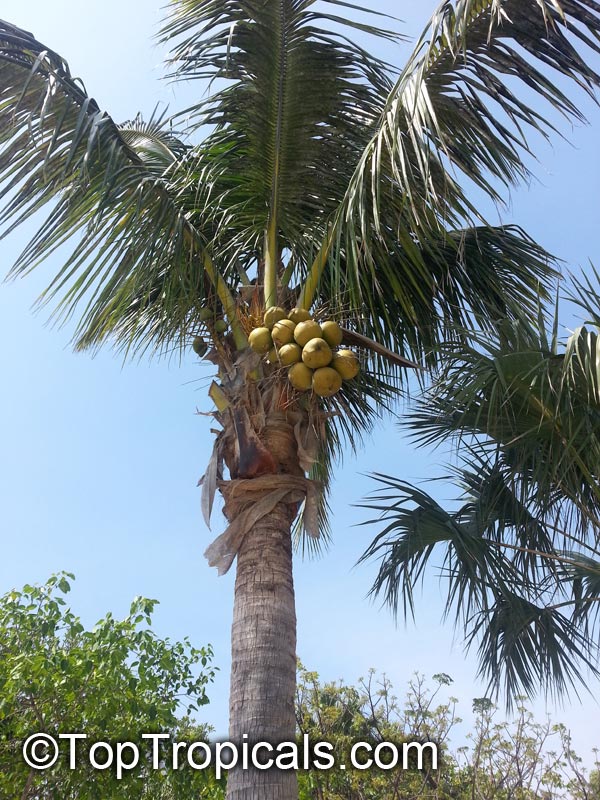
Coconut palm, Cocos nucifera

Fan palm - Licuala sp.

Areca palm - Areca (Dypsis) lutescens
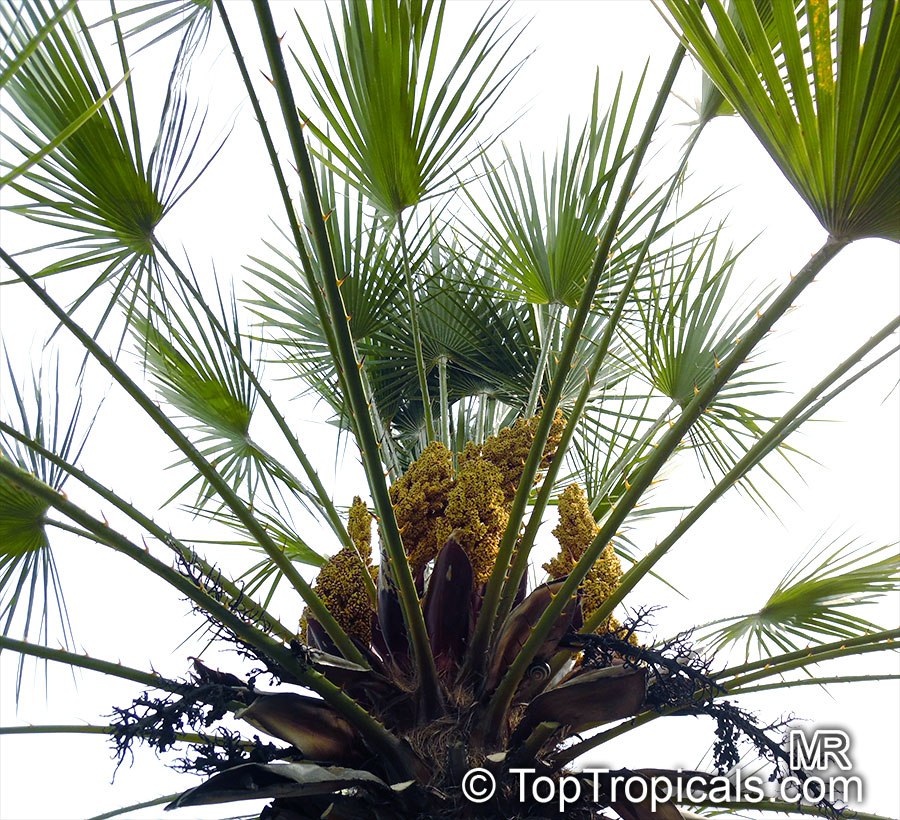
Windmill palm - Trachycarpus fortunei
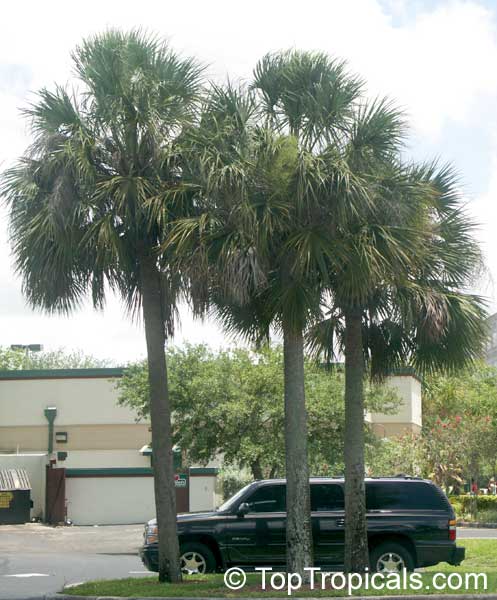
Cabbage palm - Sabal palmetto
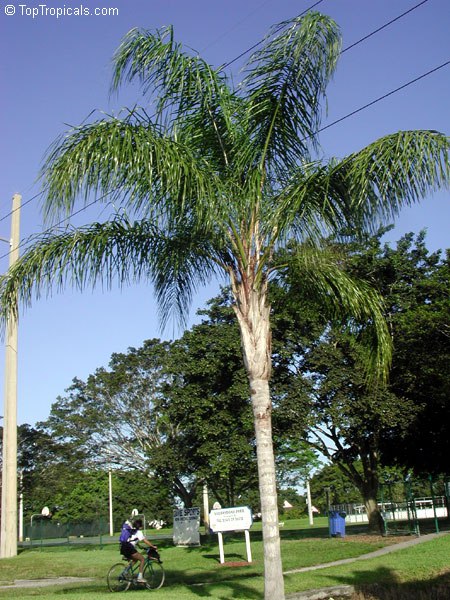
Queen Palm - Syagrus romanzoffiana

Majestic palm, Royal Palm - Ravenea rivularis

European fan palm - Chamaerops humilis

Date Palm - Phoenix canariensis
🌴 How cold hardy are palm trees and how to protect them in winter
🌴 Most palms are tropical plants and require a frost-free climate to grow outdoors. However, there are a few exceptions. Adjust care depending on your zone and palm species.
🌴 Some cold-hardy species can handle harsher conditions, with proper protection, making them great options for gardeners in zones that experience occasional freezes.
🌴 Mulch generously: Apply a thick layer of mulch around the base to insulate roots. Keep mulch a few inches away from the trunk to prevent rot.
🌴 Water before frost: Water deeply before a freeze to stabilize soil temperature and prevent dehydration.
🌴 Cover young palms: Wrap smaller or sensitive species in burlap, frost cloth, or blankets. Avoid plastic, as it can trap moisture and cause damage.
🌴 Protect the crown: For cold-sensitive palms, bundle fronds upwards and wrap the crown with cloth or burlap to shield the growing point.
🌴 Use heat sources: Place Christmas lights (non-LED) or a heat lamp near the tree, ensuring they’re safe and don't touch the foliage.
🌴 Avoid pruning: Keep fronds intact during winter—they provide natural insulation.
🌴 Species-specific care: Cold-hardy palms need less protection. Delicate types require more attention, including covering and relocating potted ones indoors.
📷 In the photos:
🌞 Cold sensitive palms:
Coconut palm: Cocos nucifera
Fan palm: Licuala sp.
Areca palm: Areca (Dypsis) lutescens
❄️ Cold hardy palms:
Windmill palm: Trachycarpus fortunei
Cabbage palm: Sabal palmetto
Queen Palm: Syagrus romanzoffiana
Majestic palm: Ravenea rivularis
European fan palm: Chamaerops humilis
Date Palm: Phoenix canariensis
🛒 Shop Palm Trees
#Trees #How_to
🔴 Join 👉 TopTropicals
📷 In the photos:
🌞 Cold sensitive palms:
Coconut palm: Cocos nucifera
Fan palm: Licuala sp.
Areca palm: Areca (Dypsis) lutescens
❄️ Cold hardy palms:
Windmill palm: Trachycarpus fortunei
Cabbage palm: Sabal palmetto
Queen Palm: Syagrus romanzoffiana
Majestic palm: Ravenea rivularis
European fan palm: Chamaerops humilis
Date Palm: Phoenix canariensis
🛒 Shop Palm Trees
#Trees #How_to
🔴 Join 👉 TopTropicals
Why getting bigger plants in bigger pots are a better choice than smaller ones
🏝 Why getting bigger plants in bigger pots are a better choice than smaller ones
Stronger Roots: Bigger pots give roots more room to spread, making them stronger and healthier.
Easier to Establish: These plants adjust more quickly when planted, making them easier to care for.
Faster Growth: Plants will grow faster once planted in your garden, as their larger root systems help them absorb nutrients and water more effectively.
Better Resilience: Larger plants can handle stress, like temperature changes or less watering, better than smaller ones.
🍀 Choosing a plant in 3-7 gallon pot means a healthier, faster-growing plant with less work needed, than for 1 gal plant.
#Trees #How_to
🔴 Join 👉 TopTropicals
Stronger Roots: Bigger pots give roots more room to spread, making them stronger and healthier.
Easier to Establish: These plants adjust more quickly when planted, making them easier to care for.
Faster Growth: Plants will grow faster once planted in your garden, as their larger root systems help them absorb nutrients and water more effectively.
Better Resilience: Larger plants can handle stress, like temperature changes or less watering, better than smaller ones.
🍀 Choosing a plant in 3-7 gallon pot means a healthier, faster-growing plant with less work needed, than for 1 gal plant.
#Trees #How_to
🔴 Join 👉 TopTropicals
How much water is too much?
💧 How much water is too much?
🌴 "Always over-water your plants: just improve their soil drainage!" - Murray Corman, horticulturist, rare tropical fruit tree expert.
Read full article.
👍 What makes an issue for you? Over water or forgetting to water? Share in comments⬇️
📚 Learn more about potting soil
🛒 Shop soil mixes
#How_to
🔴 Join 👉 TopTropicals
🌴 "Always over-water your plants: just improve their soil drainage!" - Murray Corman, horticulturist, rare tropical fruit tree expert.
🐸 One of the most common challenges in tropical plant care, including houseplants, is overwatering, particularly in container gardening. So, how much water is too much?
🐸 Surprisingly, water itself isn't harmful to plants, no matter how generous your watering is. The real issue is poor drainage, which leads to stagnation and bacterial buildup, ultimately causing root rot.
🐸 If you've traveled to places like Hawaii or explored tropical jungles, you might have noticed plants thriving between rocks with minimal soil, receiving a near-constant fine mist of rain. Conversely, swamps support very few trees - only bog or water plants adapted to wet conditions can survive there. The lesson? It's not the water, it's the growing medium!
🐸 The Solution: For potted plants, always use a high-quality potting mix with excellent drainage properties. This should include ample "soil conditioners" such as perlite, vermiculite, and pine bark. At our nursery, we use a professional soil mix called Abundance.
Read full article.
👍 What makes an issue for you? Over water or forgetting to water? Share in comments⬇️
📚 Learn more about potting soil
🛒 Shop soil mixes
#How_to
🔴 Join 👉 TopTropicals
10 key tips for successful overwintering of tropical plants indoors
10 key tips for successful overwintering of tropical plants indoors
1. Maximize Light: The more light, the better. There's no such thing as too much indoor light. If windows aren't enough, use LED grow lights, which stay cool and won't dry the air. Rotate plants every few days to prevent uneven leaf loss.
2. Reduce Watering: Less light and cooler temperatures mean plants need less water. Allow the soil to dry between waterings, and avoid overwatering - combination of cold + wet is especially harmful.
3. Maintain Moderate Temperatures: Most tropicals are happy with daytime temperatures around 75F and nights at 50-60F. In sunrooms or greenhouses, some can handle 45F if watering is kept to a minimum.
4. Boost Humidity: Avoid placing plants near heaters or vents that dry the air. Misting daily helps, or place pots on trays filled with water and pebbles to raise humidity around them.
5. Monitor for Pests: Check leaves weekly to catch insect problems early, as pests can cause serious damage or even kill the plant indoors.
6. Fertilize Smart: Use ONLY liquid, amino-acid-based fertilizers like Sunshine Boosters throughout winter; they won't burn roots since their dosage adjusts with reduced watering. Avoid dry, granulated, and EDTA-based fertilizers during winter and dormancy.
7. Use Micro-Nutrients: Along with macro-elements (fertilizers), supplement with micro-elements like Sunshine Superfood and bio-stimulants such as Sunshine Epi to build strong plants with robust immune systems, better able to withstand unfavorable conditions and resist diseases.
8. Hold Off on Pruning: Leaf drop and leggy growth are normal responses to winter. Wait until spring to prune, when new growth starts, to encourage branching and healthy foliage.
9. Don't Repot Yet: During dormancy, roots slow their growth. Repotting too soon risks root rot. Wait until spring when new growth appears to transplant into a larger container. Typically, roots grow in proportion to the above-ground parts.
10. Let Them Rest: Winter is a natural resting period. Avoid forcing growth - your plants will reward your patience with vibrant leaves and flowers when spring returns.
🛒 Shop Indoor plants
#How_to
🔴 Join 👉 TopTropicals
1. Maximize Light: The more light, the better. There's no such thing as too much indoor light. If windows aren't enough, use LED grow lights, which stay cool and won't dry the air. Rotate plants every few days to prevent uneven leaf loss.
2. Reduce Watering: Less light and cooler temperatures mean plants need less water. Allow the soil to dry between waterings, and avoid overwatering - combination of cold + wet is especially harmful.
3. Maintain Moderate Temperatures: Most tropicals are happy with daytime temperatures around 75F and nights at 50-60F. In sunrooms or greenhouses, some can handle 45F if watering is kept to a minimum.
4. Boost Humidity: Avoid placing plants near heaters or vents that dry the air. Misting daily helps, or place pots on trays filled with water and pebbles to raise humidity around them.
5. Monitor for Pests: Check leaves weekly to catch insect problems early, as pests can cause serious damage or even kill the plant indoors.
6. Fertilize Smart: Use ONLY liquid, amino-acid-based fertilizers like Sunshine Boosters throughout winter; they won't burn roots since their dosage adjusts with reduced watering. Avoid dry, granulated, and EDTA-based fertilizers during winter and dormancy.
7. Use Micro-Nutrients: Along with macro-elements (fertilizers), supplement with micro-elements like Sunshine Superfood and bio-stimulants such as Sunshine Epi to build strong plants with robust immune systems, better able to withstand unfavorable conditions and resist diseases.
8. Hold Off on Pruning: Leaf drop and leggy growth are normal responses to winter. Wait until spring to prune, when new growth starts, to encourage branching and healthy foliage.
9. Don't Repot Yet: During dormancy, roots slow their growth. Repotting too soon risks root rot. Wait until spring when new growth appears to transplant into a larger container. Typically, roots grow in proportion to the above-ground parts.
10. Let Them Rest: Winter is a natural resting period. Avoid forcing growth - your plants will reward your patience with vibrant leaves and flowers when spring returns.
🛒 Shop Indoor plants
#How_to
🔴 Join 👉 TopTropicals

